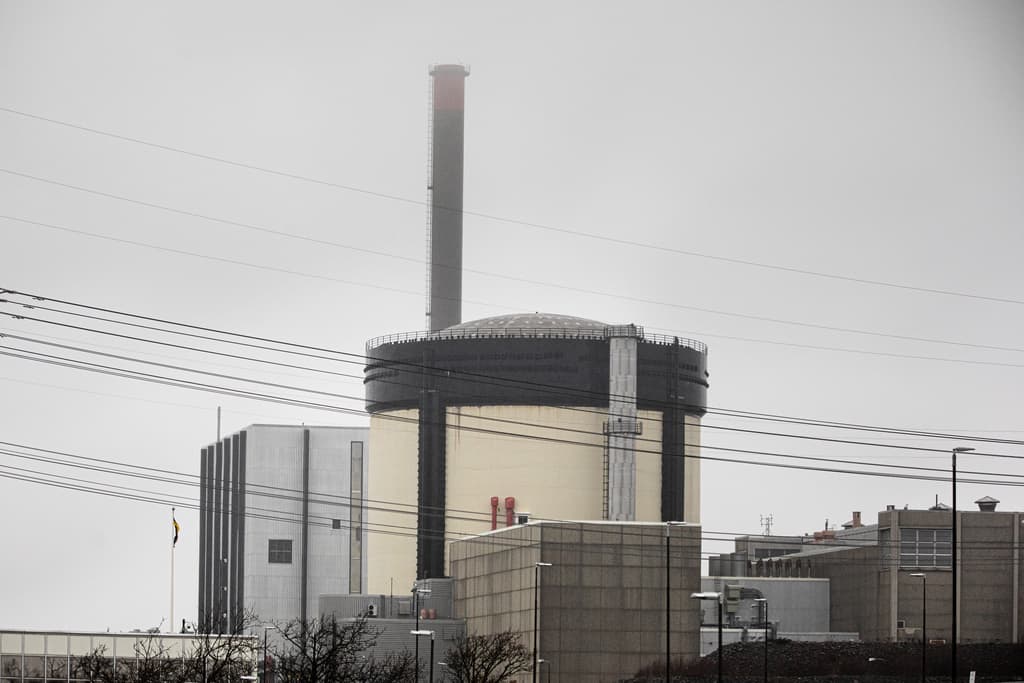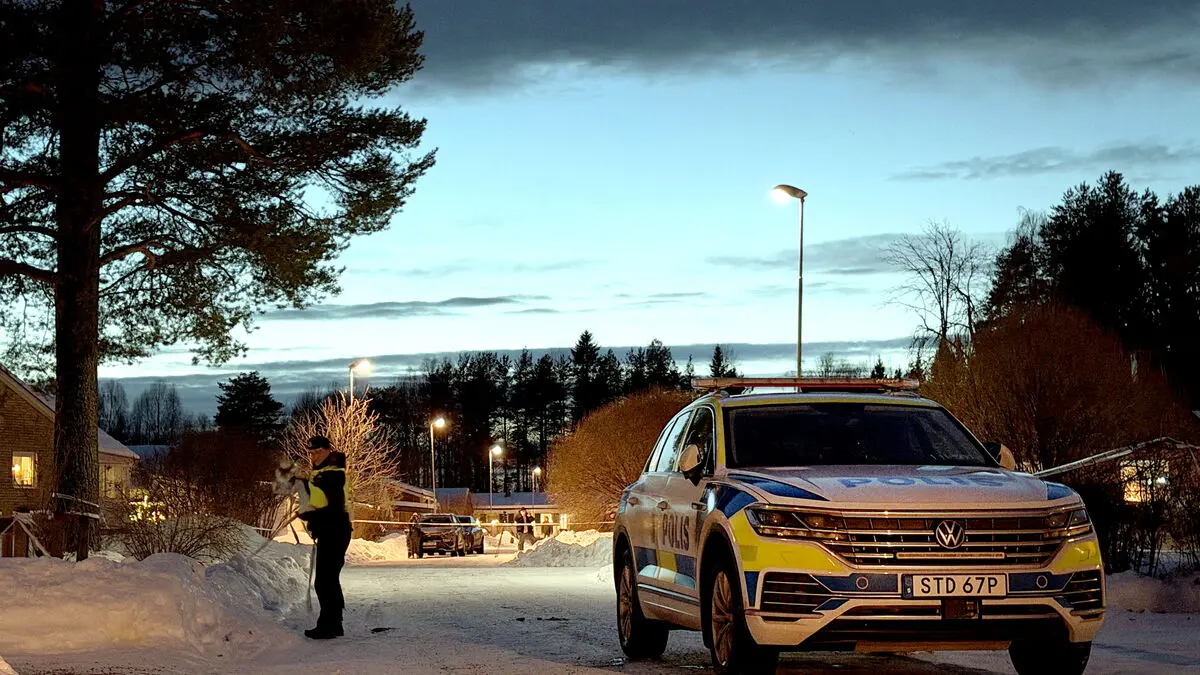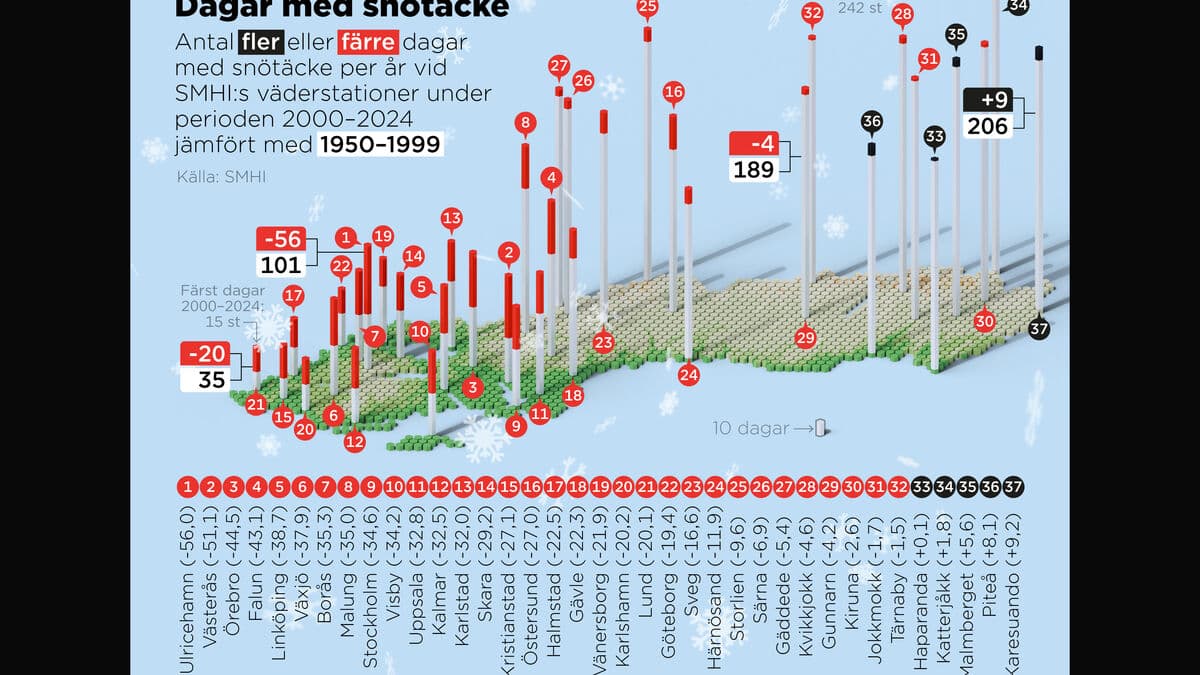Betting on new nuclear power can become a financial fiasco. If electricity consumption does not keep up with the increased supply of electricity, the electricity price will plummet.
But regardless of how demand develops - all nuclear power that is planned will have consequences.
Christian Holtz, electricity market analyst at the consulting firm Merlin & Metis, sees clear price falls on electricity as an effect of perhaps 4-5 new full-scale nuclear reactors that the government's investigators are sketching, and whose proposal for state financing became known last week.
It will have a significant impact. It will push down the electricity price in the short and medium term, at least, he says.
Billions in tax
And that's good for electricity buyers. But on the other hand, there is the expected increased electricity tax that will be the consequence of nuclear power companies being guaranteed at least 80 öre per kWh (kilowatt-hour) in payment from the state for 40 years, according to the investigator's proposal.
Christian Holtz points to the long-term price indications of around 50 öre/kWh. This would mean that the state would have to cover up for 30 öre/kWh.
It will be over 10 billion per year, or 1,000 kronor per Swede. But on the other hand, you get a share of lower electricity costs.
Whether it will balance out is unclear. It also depends on how electricity consumption develops.
Balancing act
For it is a balancing act if the state is to invest several hundred billion in building new nuclear power. Everything depends on electricity consumption increasing at the same rate. Otherwise, the electricity price will plummet and nuclear power will run at a significant loss.
Assessments from authorities currently indicate that Sweden needs to double electricity production over the next 20-30 years. Mainly, it is the steel industry in northern Norrland and a significant growth in electric transport that will account for the increased demand. But the scenarios diverge.
"If various obstacles arise to prevent this production from coming into being, it will also have a significant impact on electricity consumption," writes Maria Westrin, unit manager energy markets at the Energy Agency in a comment.
What happens then?
"Depending on what happens in surrounding countries, it can have a price-affecting effect, but it would also mean a reduced driving force to build more electricity production," Westrin emphasizes.
On the other hand, the electricity-intensive industry and transport sector dare not invest in the green transition if new electricity production, primarily nuclear power and wind power, is not built out at a high rate. Then the electricity will be too expensive, and the industry will move elsewhere.
And without state subsidies, there will be no new nuclear power.
Some points from the investigator's proposal for state financing of new nuclear power:
The program includes four to five large-scale reactors, which together can produce 4,000-6,000 megawatts.
Building these is estimated to cost 400 billion kronor at today's prices, and of this, the state will provide 300 billion in loan capital and the owners will contribute 100 billion in equity capital.
An additional security for nuclear power owners is a price guarantee agreement. For 40 years, nuclear power companies will be guaranteed at least 80 öre/kWh in payment from the state.





